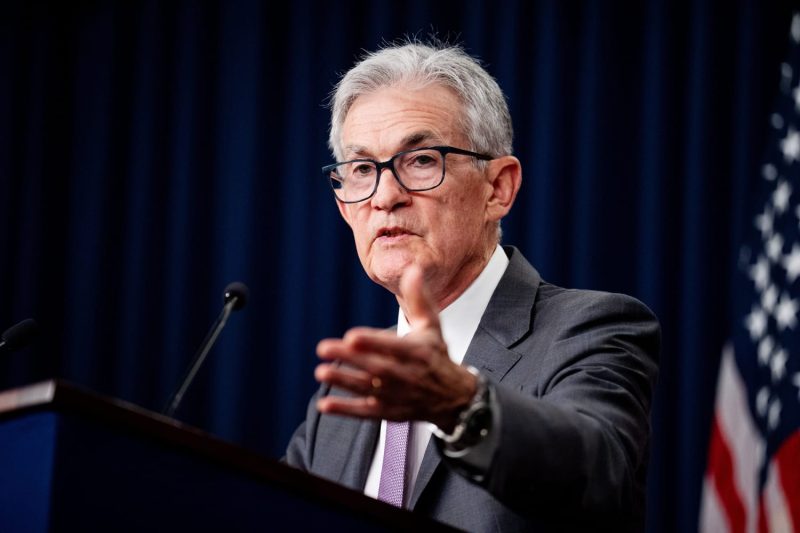In recent months, financial markets have been closely monitoring the actions taken by the Federal Reserve in hopes of averting a potential recession through significant interest rate cuts. The current economic landscape has been marked by growing concerns over a global economic slowdown, coupled with rising trade tensions and geopolitical uncertainties. The Federal Reserve, as the central bank of the United States, plays a critical role in shaping monetary policy to support economic growth and stability.
Market participants have been anticipating and reacting to the Federal Reserve’s signals regarding the direction of future interest rates. The central bank has been under pressure to proactively address the headwinds facing the economy, including the ongoing trade dispute between the U.S. and China. The prospect of lower interest rates has been viewed as a tool to stimulate borrowing and spending, thereby providing a boost to economic activity.
The recent trend of dovish statements from Federal Reserve officials has fueled expectations of multiple interest rate cuts in the coming months. Investors have been increasingly pricing in the likelihood of aggressive monetary policy easing, with some even anticipating a series of rate cuts to provide a cushion against a potential economic downturn. The markets are counting on the Federal Reserve to act decisively and timely in order to mitigate the risks to growth.
One of the key concerns driving the market’s reliance on interest rate cuts is the inverted yield curve, which has historically been a reliable indicator of an impending recession. The yield curve inversion occurs when short-term interest rates rise above long-term rates, signaling investor pessimism about the economy’s future prospects. The Federal Reserve’s response to this signal is crucial in preventing a self-fulfilling prophecy of economic contraction.
Moreover, global economic uncertainties, such as Brexit and escalating trade tensions, have further underscored the need for central banks to adopt accommodative monetary policies. Lowering interest rates can help alleviate financial stress and support business investment and consumer spending. By reducing borrowing costs, the Federal Reserve aims to encourage economic activity and support employment growth.
However, the effectiveness of interest rate cuts in boosting economic growth remains a subject of debate among economists. Some argue that while lower rates can stimulate borrowing, they may not address structural issues that hinder long-term productivity and sustainable growth. Moreover, with interest rates already at historically low levels, the scope for further rate cuts may be limited, leaving central banks with fewer tools to combat future economic shocks.
In conclusion, the financial markets are closely watching the Federal Reserve’s actions as it navigates challenges to support economic expansion and stability. The expectation of sizable interest rate cuts reflects the market’s concerns over a potential recession and the need for proactive monetary policy measures. As central banks across the globe grapple with uncertainties and risks, the Federal Reserve’s decisions will play a critical role in shaping the economic outlook and investor sentiment in the coming months.

